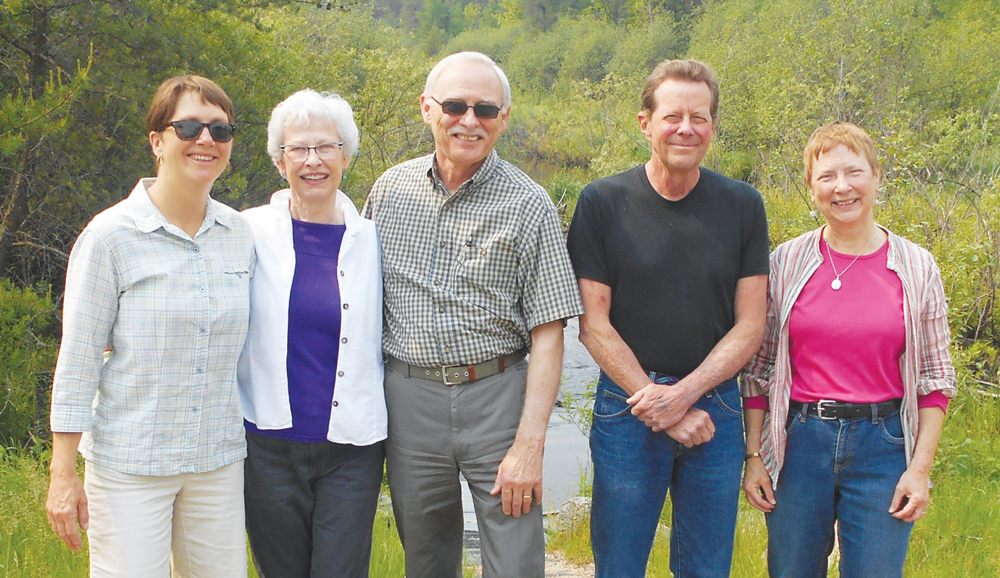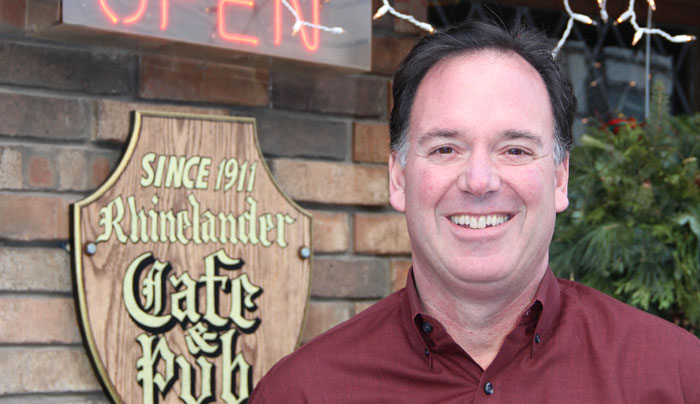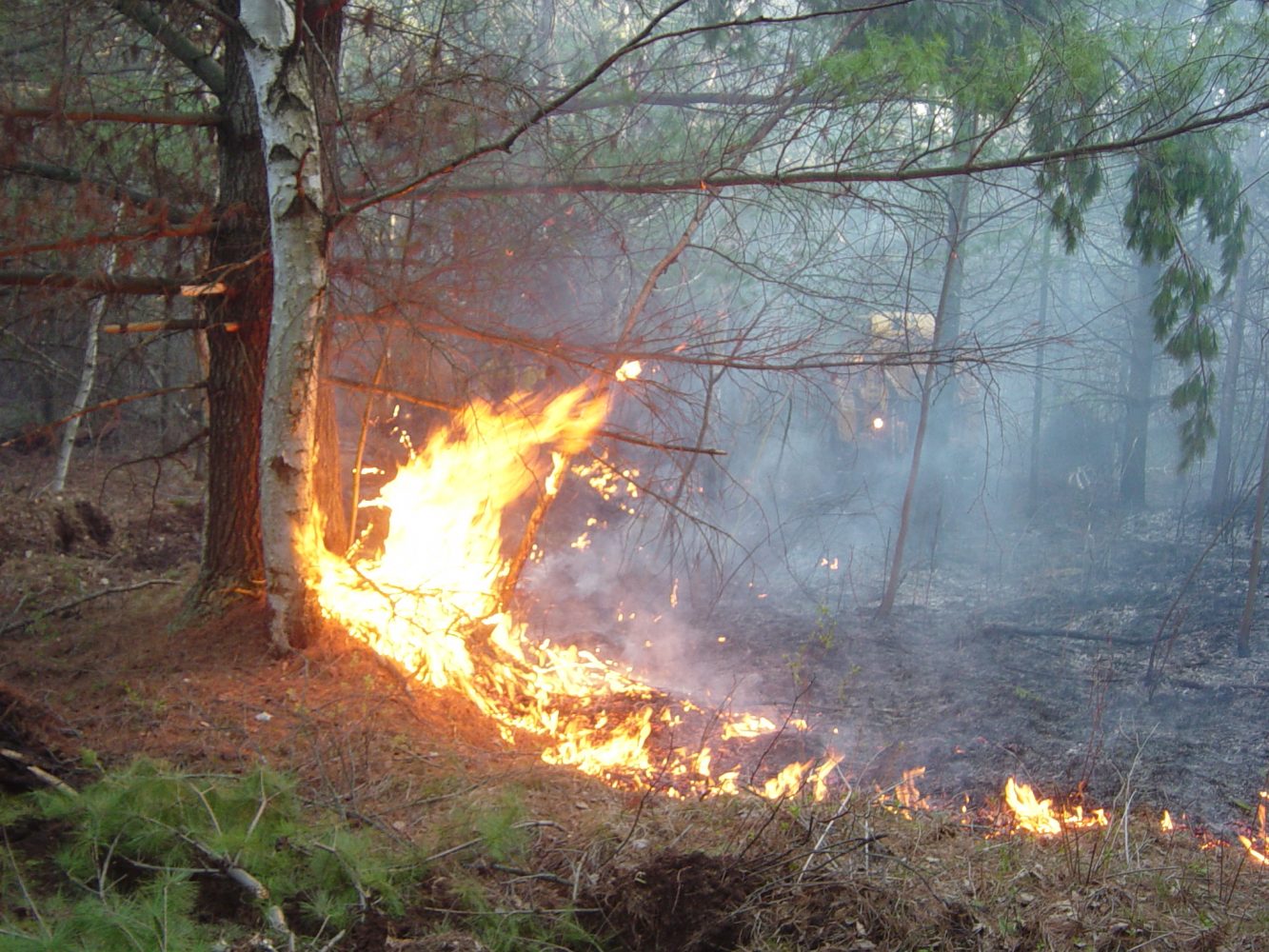Oneida County Clean Waters Action

From threats to area resources, a strong volunteer force is born
From Living on the Lake magazine
By Sue Schneider
Northwoods water is some of the cleanest, most valuable in the nation, and members of Oneida County Clean Waters Action want to keep it that way. Since its formation in 2012, OCCWA has been monitoring government meetings and watching out for activities that may potentially put water resources at risk.
With about 10 active members, and dozens more behind the scenes, the group considers its main function to be educating themselves and others on issues pertaining to protection of water quality. They have no dues and spend no money, but maintain a website dedicated to sharing ideas and vital information. Everything they share among themselves on the website at OCCWA.org is available to the public.
Sarah Juon is responsible for the website and sees it as a vital tool for the mission of OCCWA. “We created it so that we’d have a place to post notices about upcoming meetings and events of interest to anyone who cares about preserving our lakes and wetlands,” she says. “It’s a resource that helps everyone be more aware of important issues.”
At the website, one can find information on county supervisors, specific legislation related to environmental matters and how each supervisor voted. It presents expert commentary and updates on ongoing issues, and a clear explanation of the impact of the Wisconsin Iron Mining Act of 2013. Town board chairs are also listed and links to environmental organizations are supplied.
Much of the information on the website comes from OCCWA member Karl Fate, who has been advocating against sulfide mining in the area since the early 1980s, when a company proposed to build a mine near Crandon. “The big problem with mining in this area is that because of the nature of the glacial activity in the past, our minerals lie under a layer of gravel and a huge column of water,” he says. “To get it out, you have to breach that water. You draw down the water table and end up contaminating it.”
With an educational background in natural resources, Karl had some expertise, but he admits that he had a lot to learn. “If you go to meetings, listen to the information, become involved and read the documents, you can piece it all together,” he says.
Eventually, the mining proposal in Crandon was abandoned, in part due to public opposition and pressure from nearby tribes. But during their tenure, a Canadian mining company called Noranda Minerals, with little public awareness, according to Karl, discovered a mineral deposit on public lands in Oneida County.
“They obtained a lease from the county to explore in Lynne Township, in western Oneida County,” Karl says. “They drilled dozens of core samples and found what they were looking for.” But, according to Karl, there were issues with nearby lake beds, which were protected under state law and Noranda soon stopped pursuing mining permits.
“This was in the mid-1990s in the middle of a drought,” he recalls. “I remember standing at the proposed mine site with county people, staff from the DNR and Mike Macki, a local logger, hunter and guide. Mike pointed to a dry hole and said, ‘I duck hunt right there. That’s a lake.’
“The DNR did studies and determined that there really were lake beds all over the area,” Karl says. “That made me realize, again, the importance of involving local people in this process. When the only voice speaking to county government is that of the mining companies, you have to speak for the other side.”
In 2010, another company, Tamerlane Ventures, approached the county about further exploring the Lynne site. Karl and other members of the community went on alert. Sarah was one of several local citizens who attended meetings of the county mining oversight committee to find out just what was going on. “We wanted to stay on top of things,” she explains. “As things progressed, the board directed the committee to hold public hearings on the mine proposal, and we looked forward to that, but it never happened. That got people’s dander up a bit.”
Kathy Muntner remembers those committee meetings. “There were a lot of complicated ideas,” she says. “The only way to really follow it was to attend the meetings and hear the discussions.” As she began to see the same people over and over, friendships and alliances formed.
Among those concerned citizens were Sharon and Alan Van Raalte, who live in Little Rice Township, located downstream from the proposed mine site. “We were all worried about the effects of a mine,” says Sharon. “We were told that our well may survive contamination, because ours was in sand. But our neighbors’ well was drilled down through granite and gravel with no protection.”
Alan took things a step further and decided to find out more. “I did some research on the company,” he says. “Because they are a publicly traded company, I was able to access their financial statements, which showed just one year of profit; and that was due to a tax rebate they received from the Canadian government. They were never a viable concern and, in fact, they are now in receivership.”
Kathy remembers when Alan shared his findings at a county mining oversight committee meeting. “Alan really shined a light on this,” she says. “We don’t know how much the committee knew about any of this before, but we were pleased. The information was on the record and became public knowledge.”
Things came to a head in August of 2012, when the Oneida County Board was faced with a vote which asked if they wanted to continue to pursue mining in the county. The board room was packed with concerned local people. Twenty-three took the podium to address the board, with just one speaking in favor of mining.
“The strong presence of the public was essential,” says Sarah. “The board was looking out on a sea of people and it weighed heavily.” The vote was 12 to 9 to close the issue of mining in Oneida County, a victory that swept through the relieved crowd.
“After the vote, we were still nervous,” Sarah recalls. “We were all wondering, ‘What next?’ We decided we needed to work together to be ready for whatever might happen. We had some meetings, settled on a name and here we are.”
“It’s about more than just us, the people who live here,” Alan says. “Our county pulls in $200 million a year in tourism. We need to keep that in mind. But, as long as there are minerals in the ground, there will be those who want to get it out.
“I’m not against mining, but it’s just not practical here,” he continues. “In my opinion, the quality of our ore is too low and the risk of water contamination is too high.”
Alan grew so intrigued with the business of the county he chose to run for supervisor and now sits on the Oneida County Board representing Little Rice and Nokomis. “I believe that we board members need to do our research and understand complex issues,” he says. “We get elected by knocking on doors, but we also need to know what we’re doing.” As an elected official, Alan doesn’t consider it appropriate to continue as an active member of OCCWA, but appreciates the work the group does.
Beyond mining, OCCWA is monitoring other threats. Areas on their radar include healthy forests and wetlands that act as filters for water that ends up in area lakes and drinking wells. “Wetlands are not glamorous,” says Karl, “but they are the prime support system for our water. If the wetlands go, there goes our clean water.”
OCCWA continues to attend meetings and keep an ear to the ground on what’s happening on local and state levels. Karl has been working to urge repeal of the state iron mining law and is concerned about proposed changes to shoreland regulations. He continues to be very thankful to his fellow OCCWA members. “When it was only me up there,” he says, “they could just dismiss me as ‘that crazy guy.’ There’s more power in numbers.”
Sue Schneider is a freelance writer living in Rhinelander. Her articles also appear in Northwoods Commerce and Northwoods ‘boomers and Beyond magazines.
Leave a reply
You must be logged in to post a comment.





